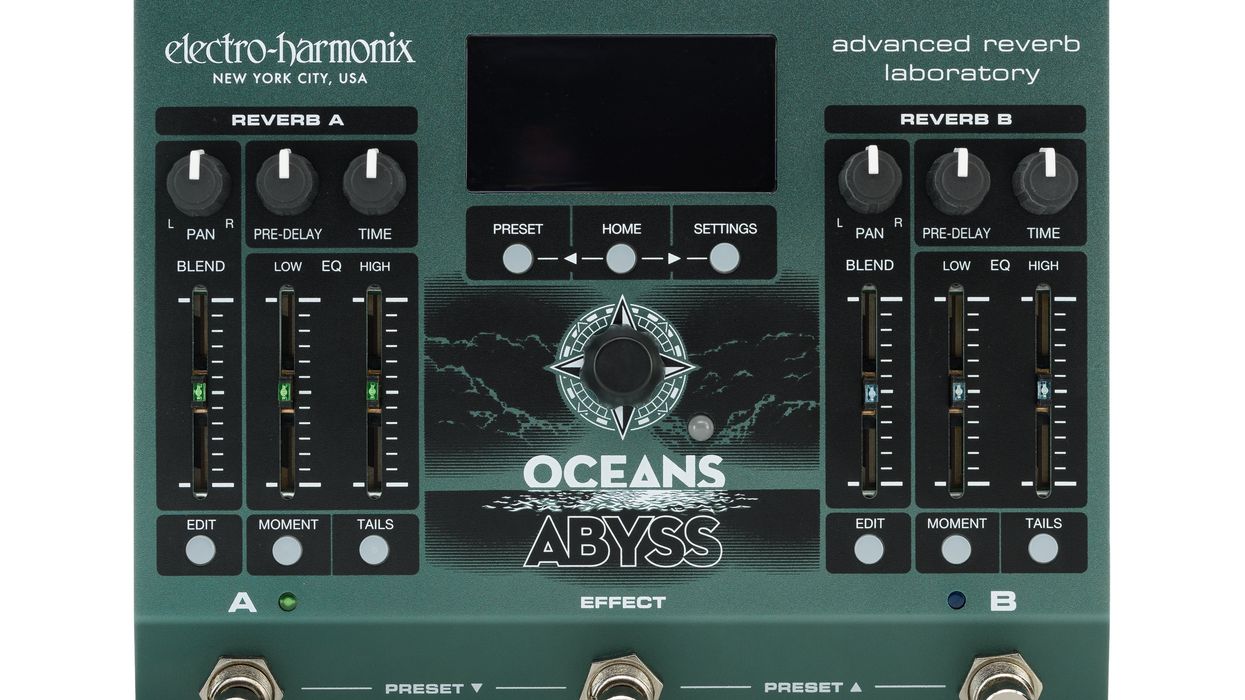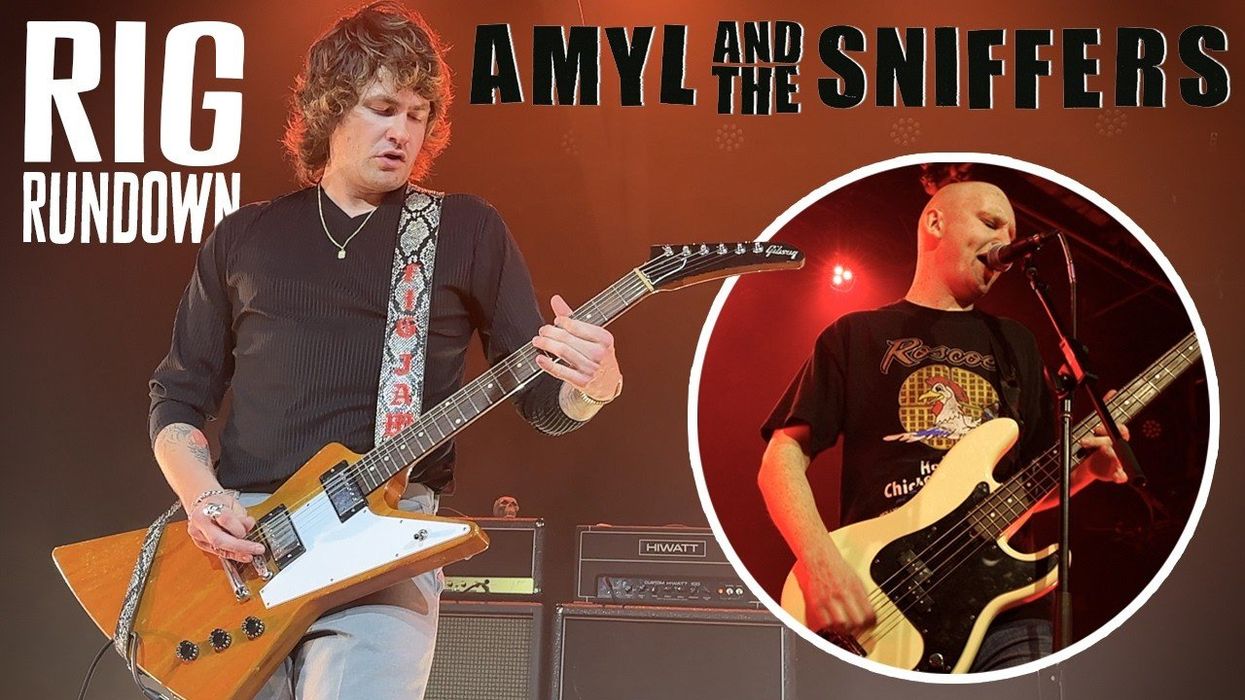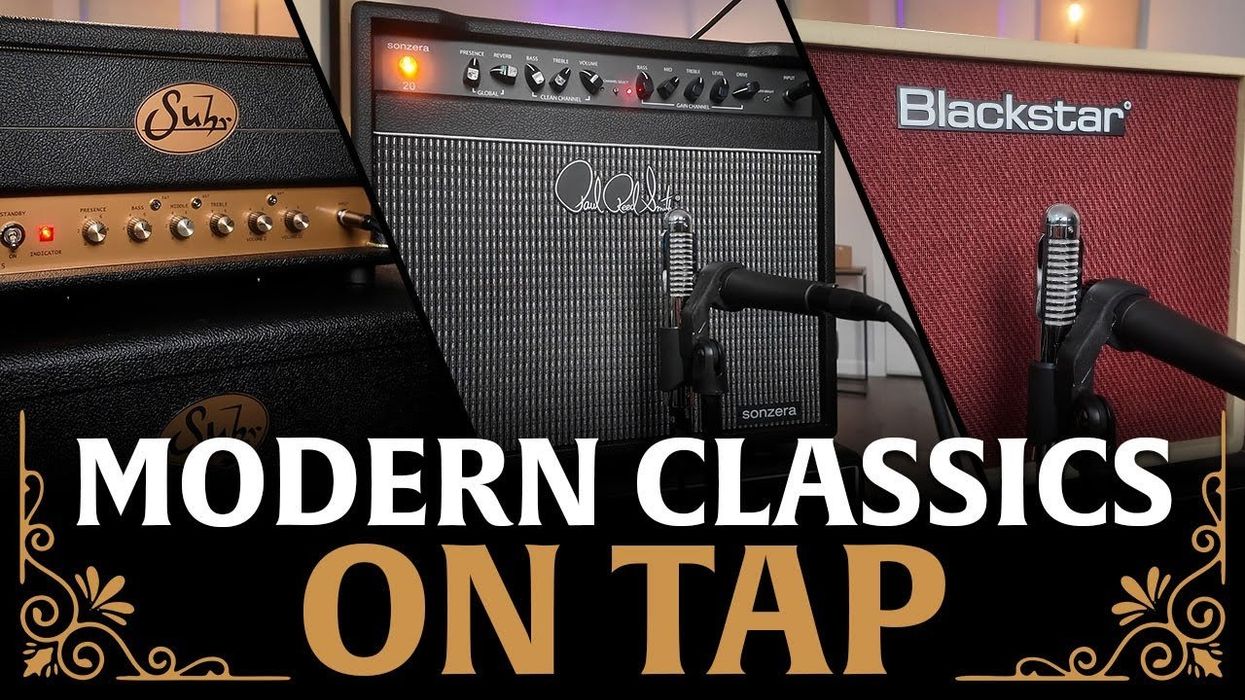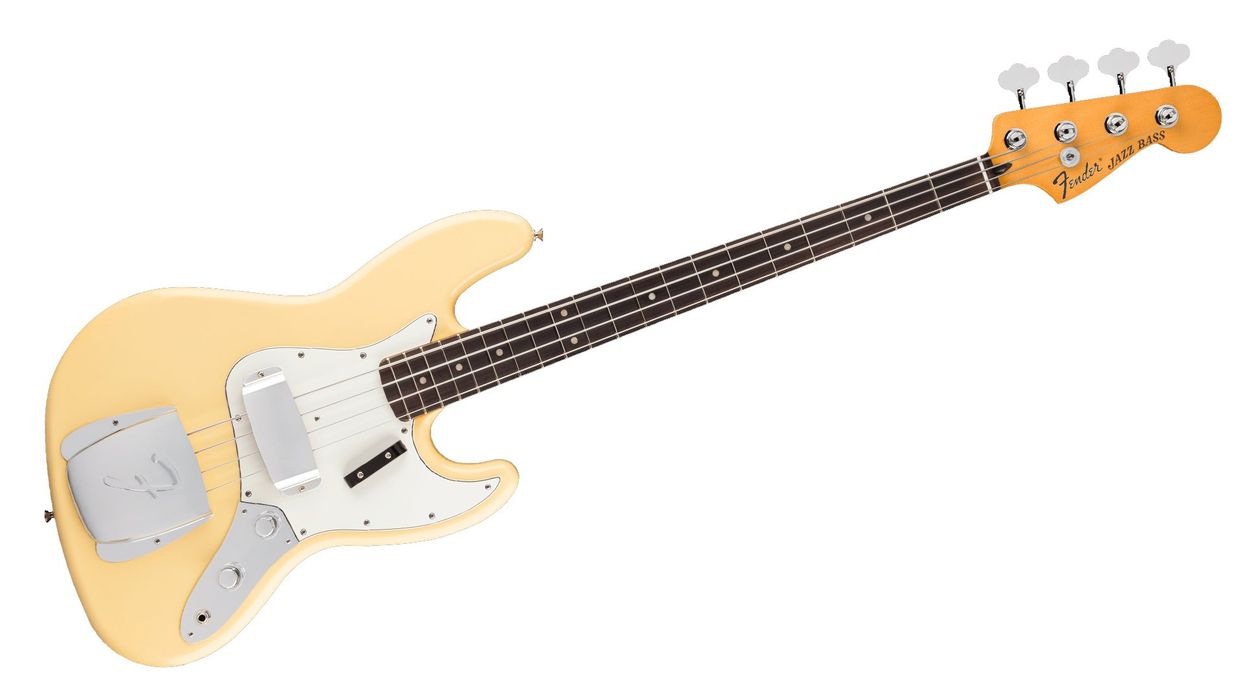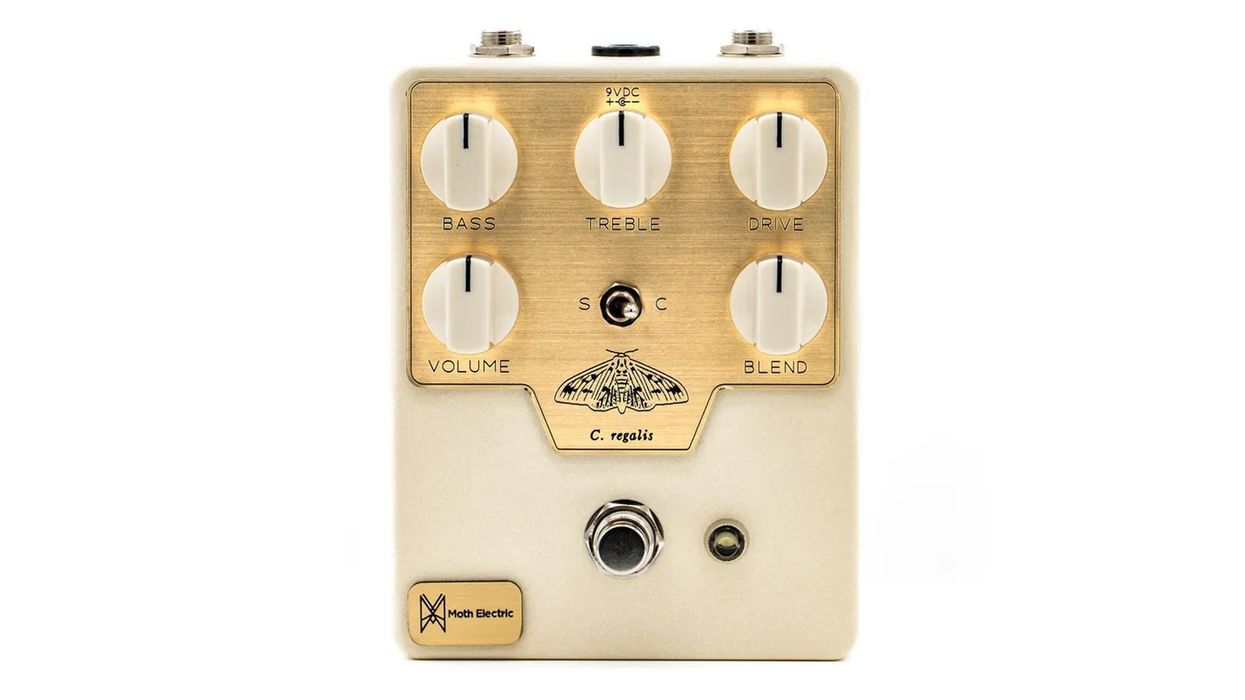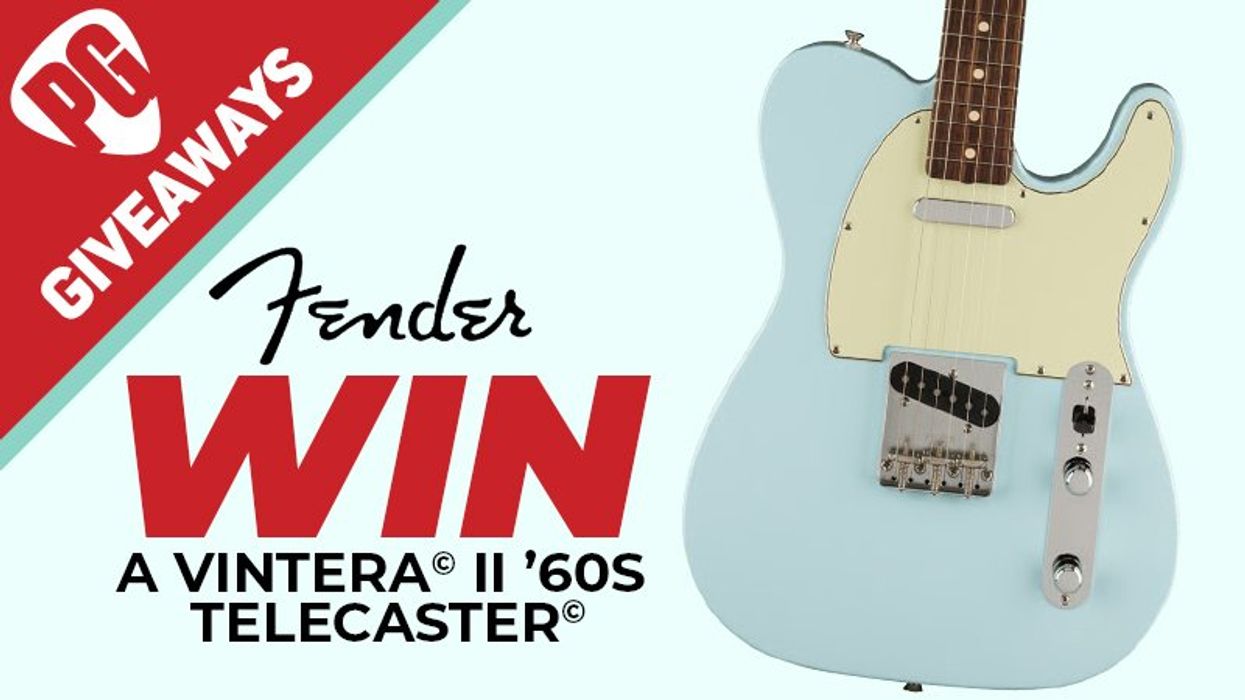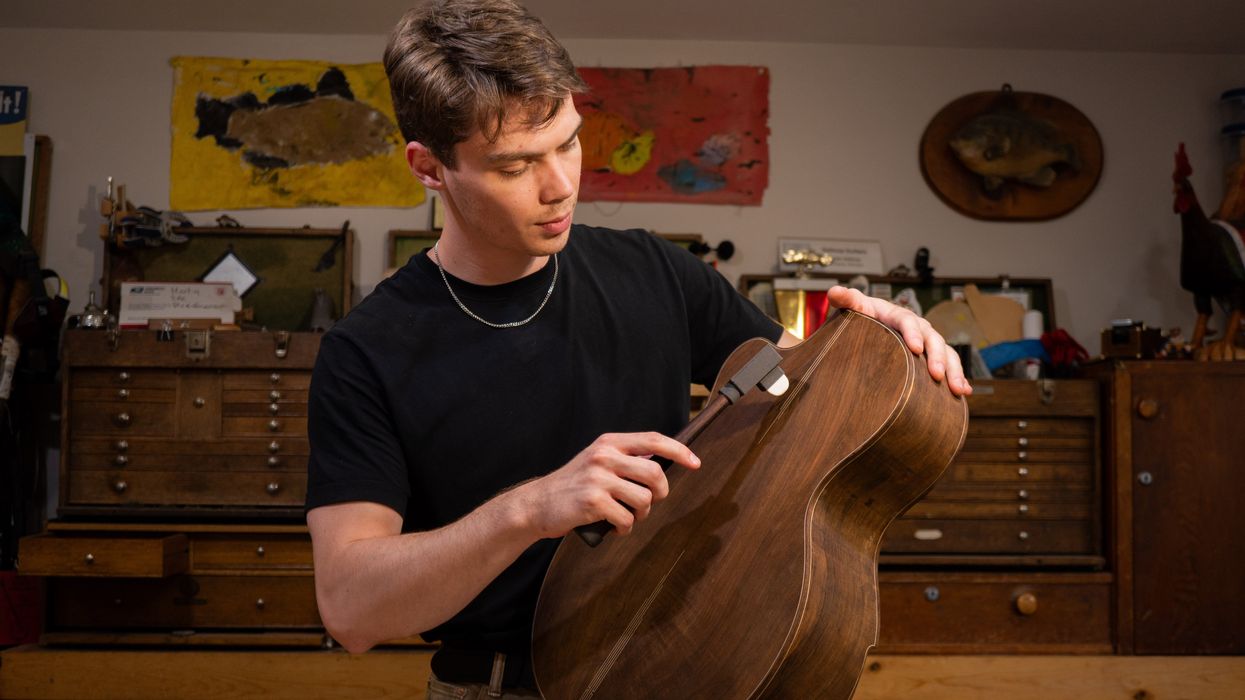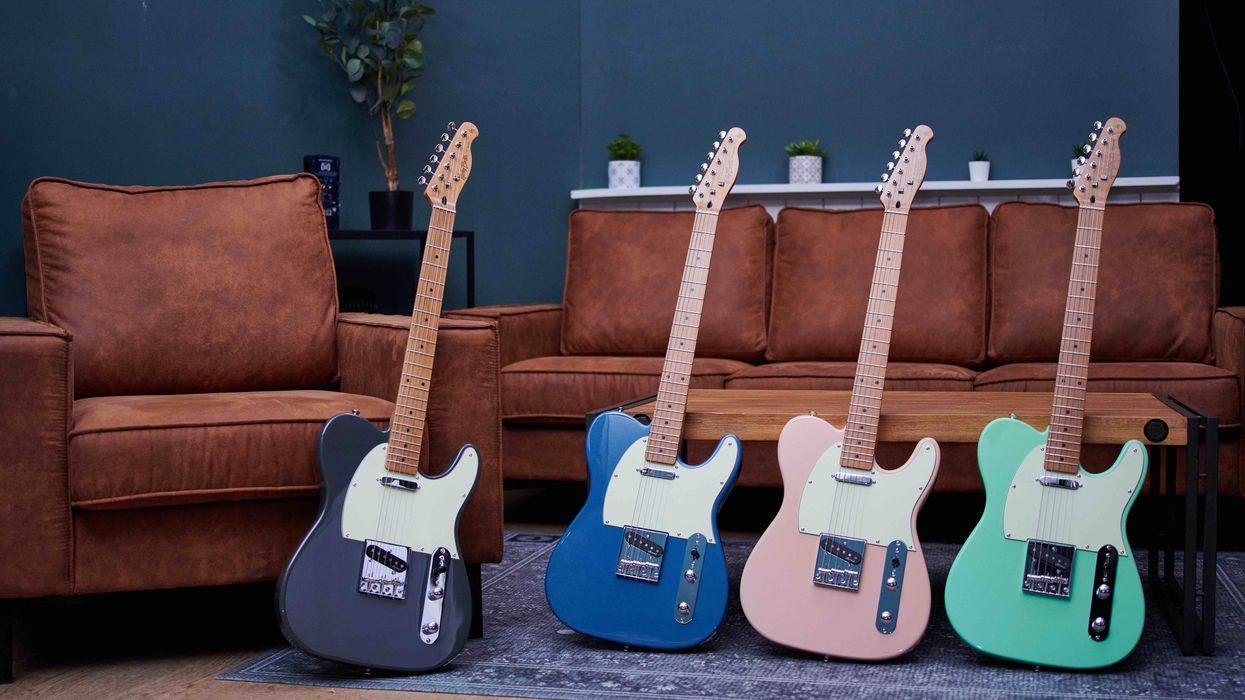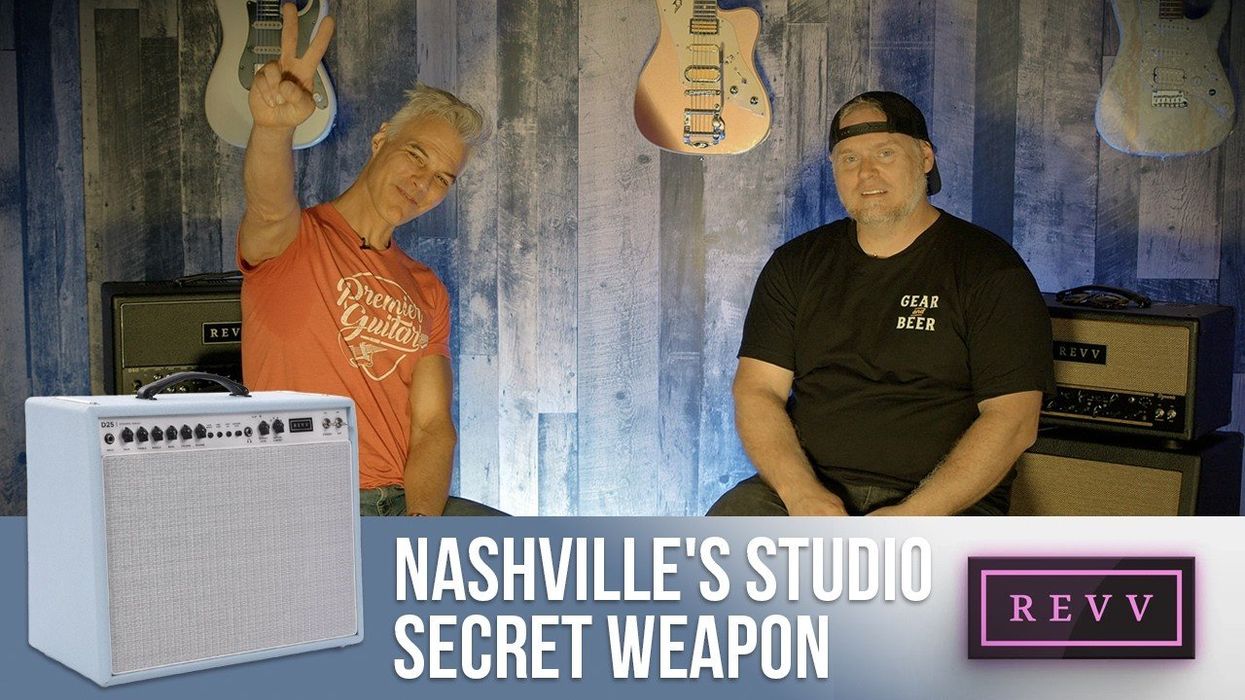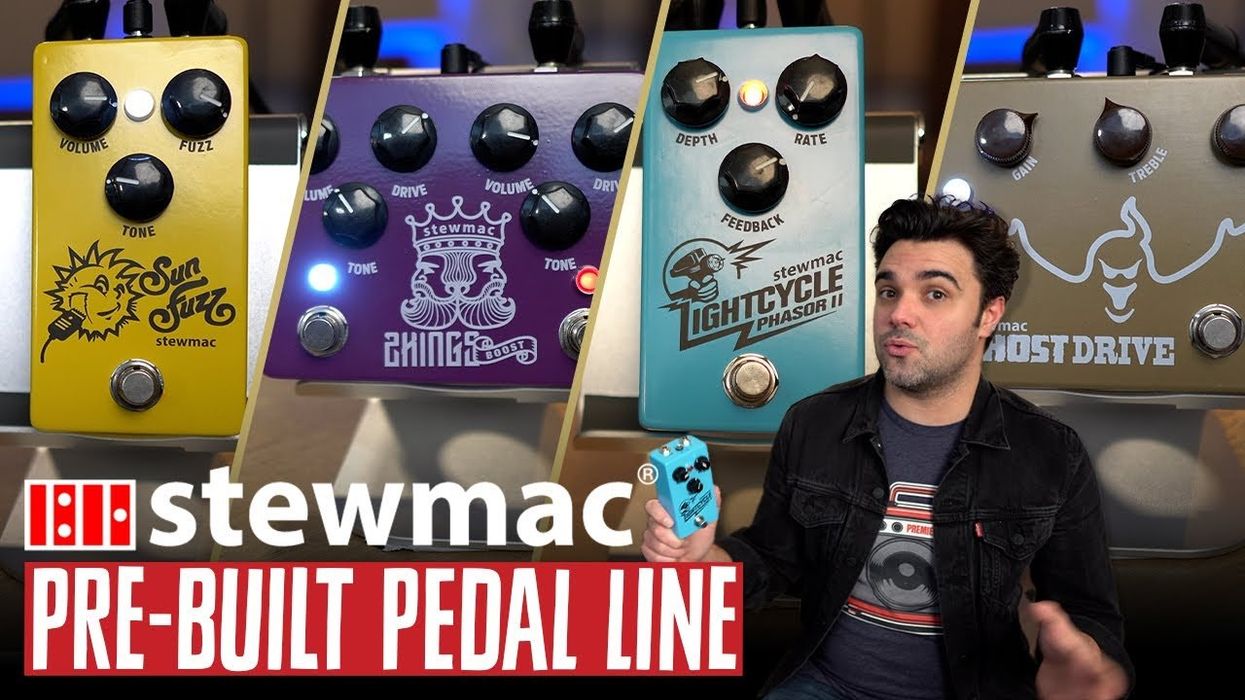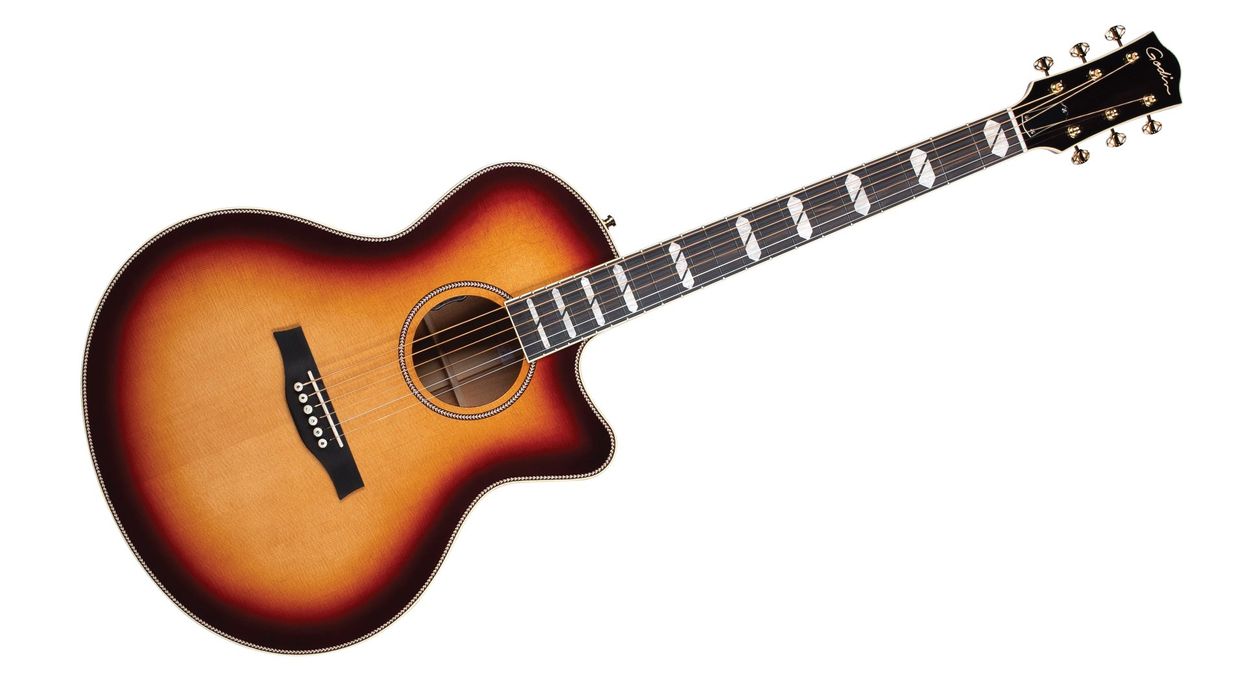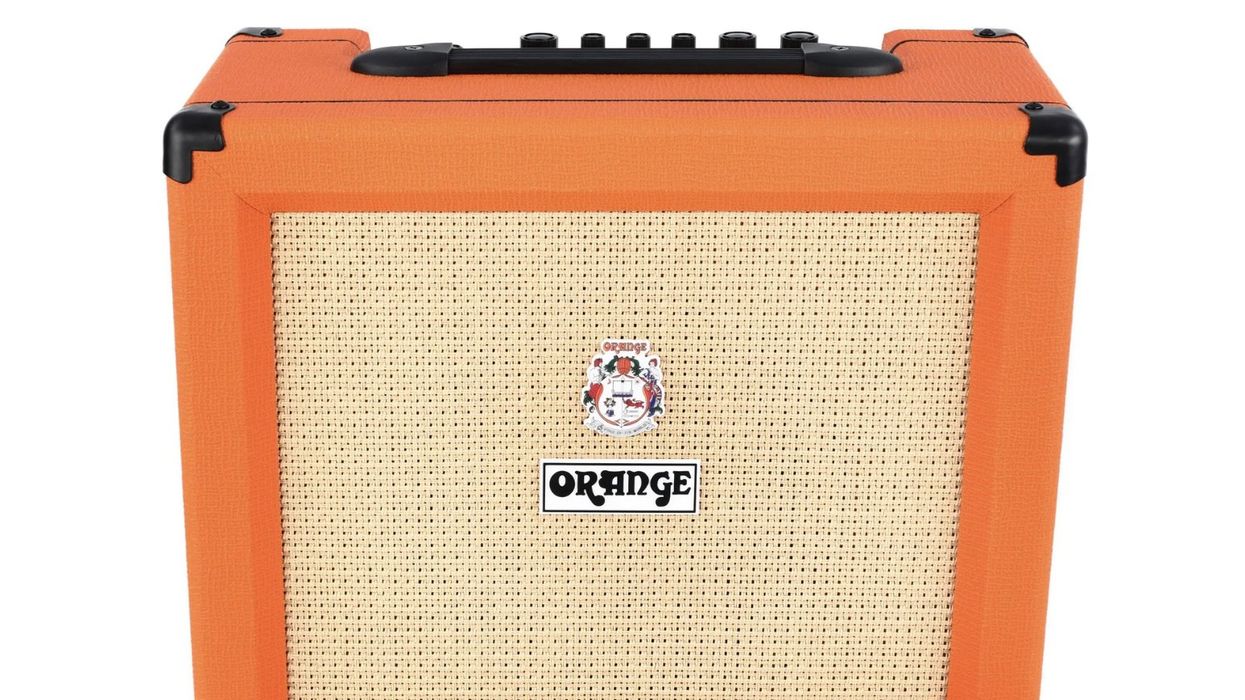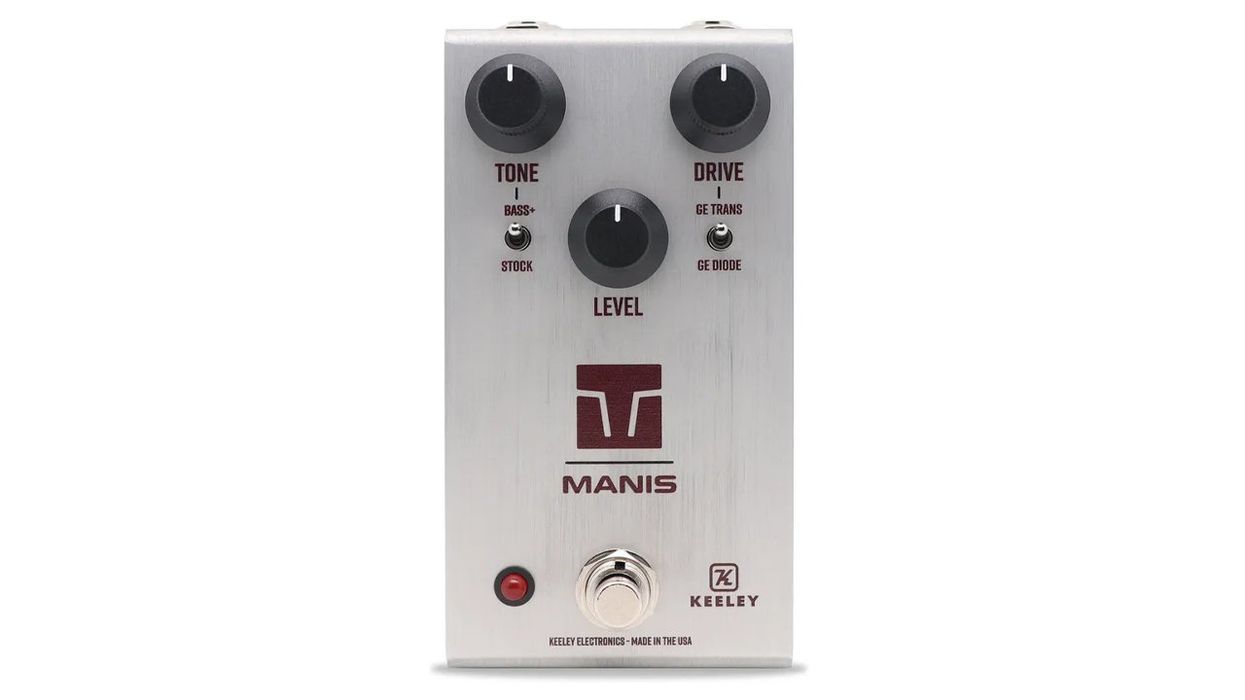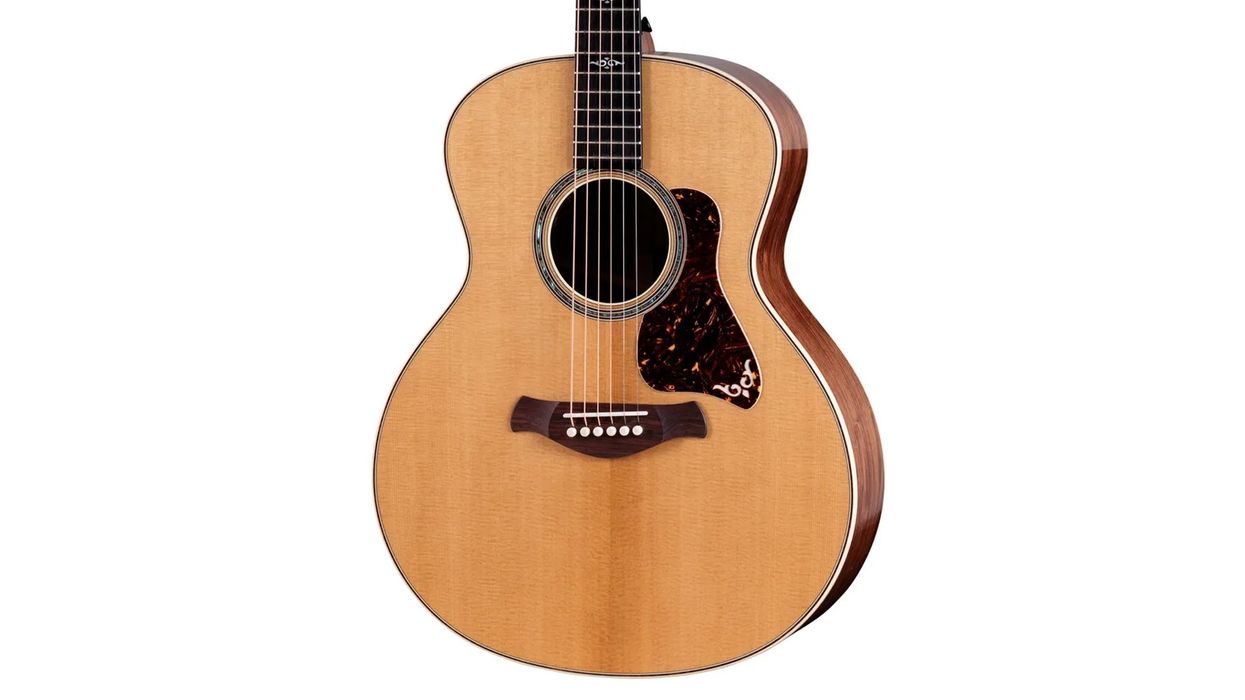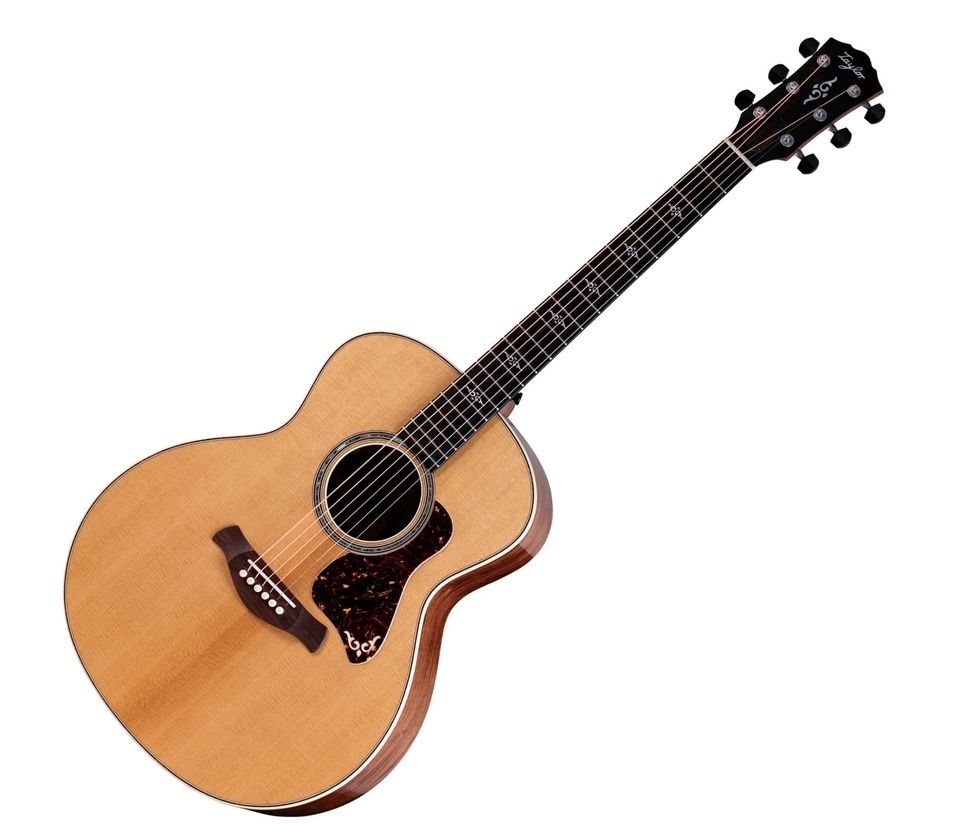There are pedals that can get you out of a rut and there are pedals that squeeze your noggin like Silly Putty across some alternate musical dimensions. The EarthQuaker Spatial Delivery V3 tends toward the latter category. On one hand, it’s a cool-sounding envelope filter that can be used in most traditional applications of that effect (Jerry Garcia, Bootsy Collins, etc.). But it doesn’t take much prompting to go from sort-of-groovy to mind-melt. And in this version there are six presets which enable you to traverse its crazy-wide range of sounds by switching on the fly.
There is much room to roam here. Old-school filter and auto-wah sounds (the Edge on Achtung Baby) are easy to summon in the upward-sweep mode, with emphasis on the low-pass side of the filter, and range and resonance to taste. The downward-sweep mode highlights whistling, vowel-y tones and even weird variations of reverse-tape sounds—all of which can be mutated with range and filter controls to sound like AM radio artifacts and rusty space transmissions, or dynamic phase effects. Sample-and-hold mode, of course, harbors the most chaotic sounds, with which you can create rhythmic arpeggio patterns or fractured Morse code sweeps. If you want to be the weirdest person on the stage with the fewest pedals, the Spatial Delivery V3 could go a long way toward getting you there.



